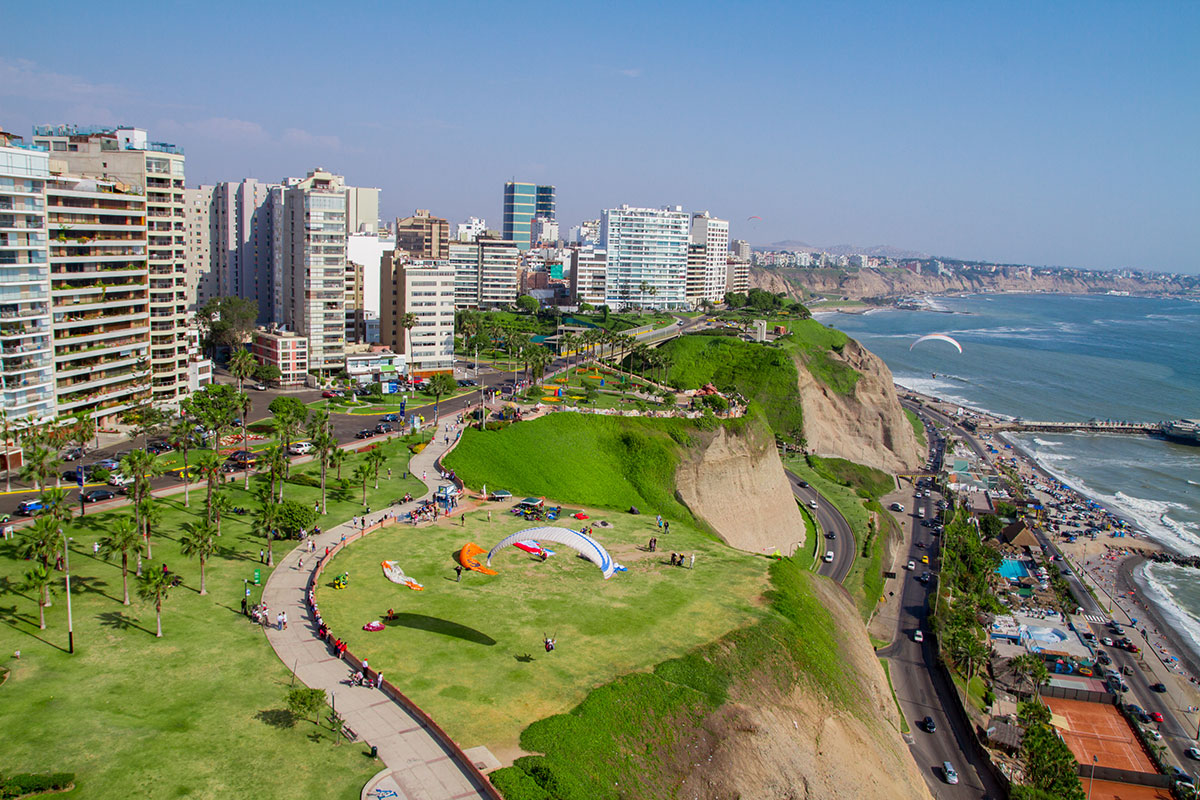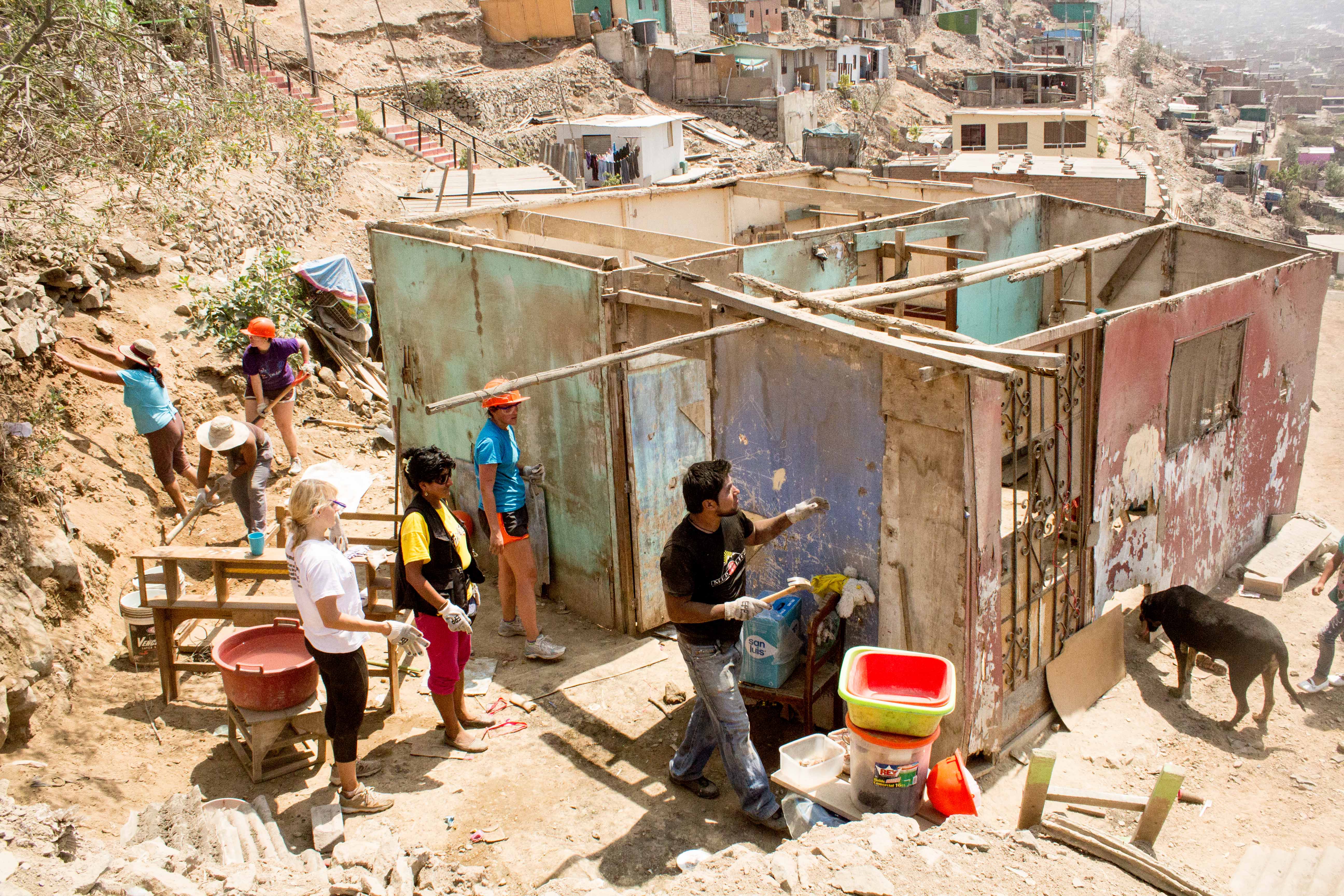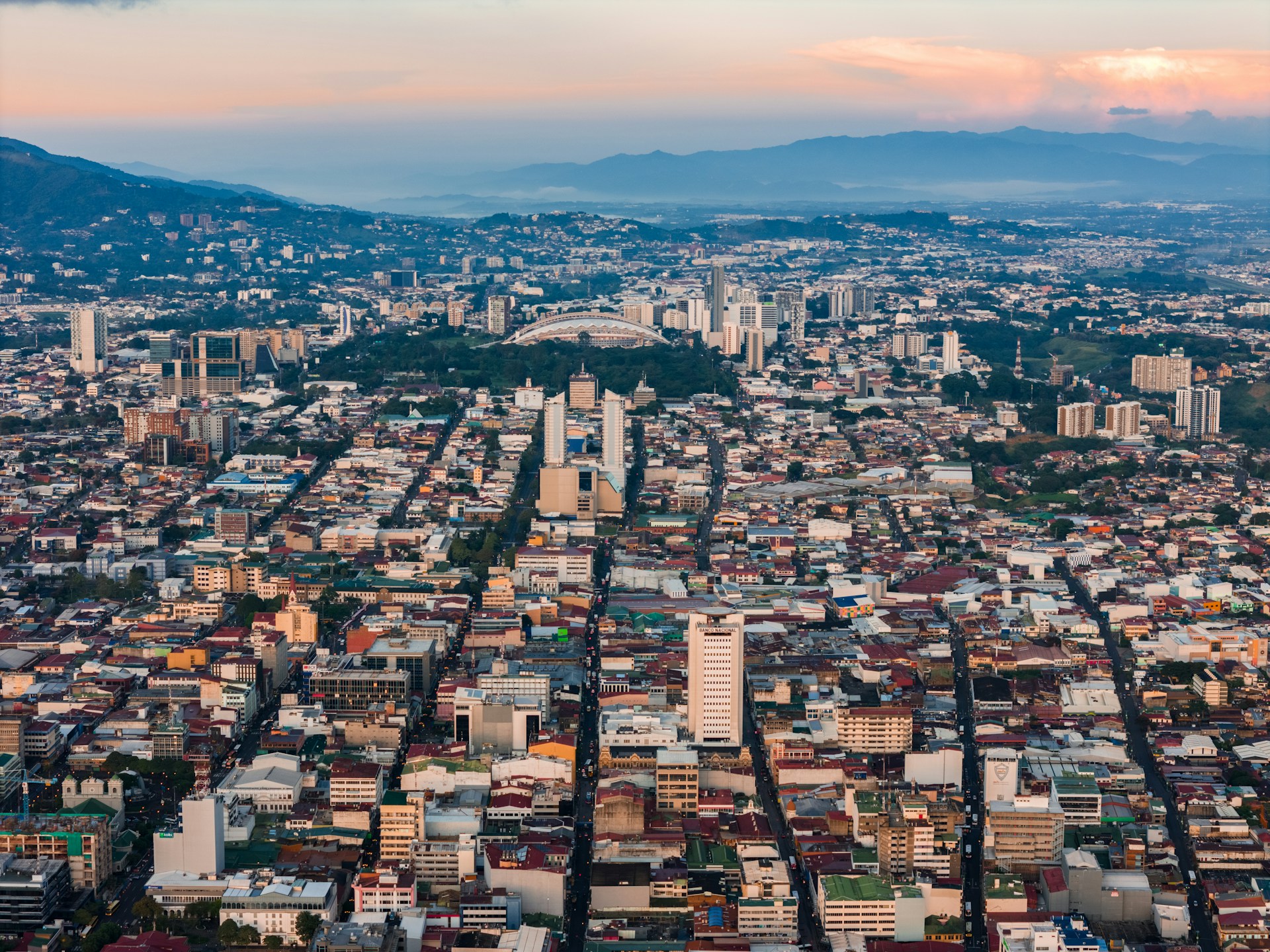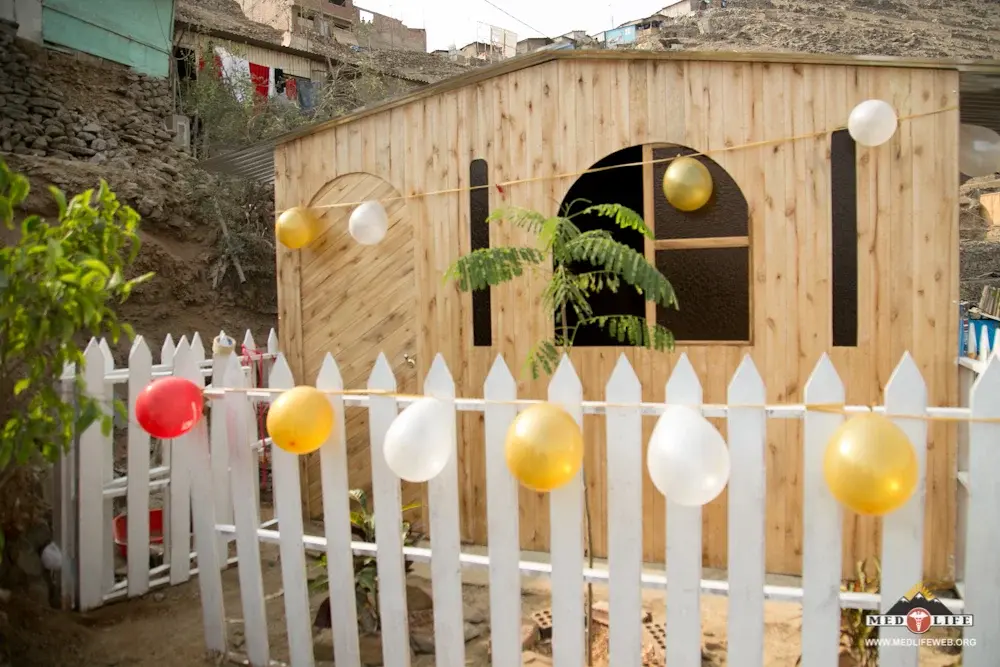
Human Settlements in Latin America: What Are They & Why Do We Work In Them?
What comes to mind when you hear the term human settlement? Some may picture planned cities or organized neighborhoods, but in Latin America, it often means something very different. Here, especially in countries like Peru and Ecuador, families in low-income situations build homes out of necessity, often without government support or proper planning. These communities emerge on the edges of cities as people search for opportunity and safety, and yet they frequently become some of the most vulnerable spaces. This article will explore why these settlements exist, why they remain underserved, and why supporting low-income families living there is at the heart of our work.

What Is a Human Settlement?
A human settlement is a community where people establish homes and lives, often in makeshift housing with limited services. In Latin America, many of these neighborhoods are informally built on land that lacks proper infrastructure. Families create homes from whatever materials they can afford, while waiting sometimes for decades for government recognition or basic services such as electricity, sewage, paved roads, and schools. This reality mirrors what we see in shantytowns in transition and in the pueblos jóvenes of Peru, where residents continue to push for safe housing and equal opportunities. These neighborhoods may lack essential resources, yet they remain filled with families determined to build better lives despite the odds.
These communities are not temporary. They often grow into entire neighborhoods where generations live, study, and work despite difficult conditions.

Why Do They Exist?
The rise of underserved areas is closely tied to economic inequality and migration. As rural families move toward urban centers for work and education, housing costs quickly become unaffordable. Without access to safe, affordable housing, families settle on the peripheries of cities, leading to the rapid expansion of informal settlements. This trend is seen across Latin America, from the outskirts of Lima where the Lima Wall of Shame physically divides neighborhoods, to Ecuador, where housing challenges continue to limit opportunities for low-income families.
Unfortunately, because these areas are not officially recognized, they often lack investment from local governments. That leaves communities struggling without the basic rights and services such as water systems, paved roads, and reliable electricity that urban dwellers take for granted.
Challenges Inside Human Settlements
Life in a human settlement comes with daily challenges that touch every part of daily life. Families often wake up unsure if they will have clean water, electricity, or safe shelter by the end of the day. These are not minor inconveniences but systemic barriers that shape the way children grow and how parents provide for their households. Reports from natural disaster preparedness show how vulnerable these communities are when the environment turns against them, making strong infrastructure even more critical.
- Limited water access makes it difficult for families to cook, clean, and maintain hygiene. Many rely on costly water trucks or unsafe wells, much like the issues highlighted in the cost of living in Peru.
- Unstable electricity means children cannot study at night, and families face health and safety risks.
- Poor roads and lack of transportation infrastructure cut residents off from schools, hospitals, and job opportunities, reinforcing cycles of inequality.
- Makeshift housing, often built with flimsy materials, leaves families vulnerable to natural disasters like floods or earthquakes, echoing challenges discussed in resilient architecture.
These challenges create cycles of poverty where families must focus on immediate survival rather than long-term growth. By understanding these barriers, we see why focusing resources on human settlements is essential for breaking down structural inequality and opening pathways to opportunity.
Why We Work in Human Settlements
Safe Homes Movement chooses to focus on human settlements because they represent some of the most underserved areas in Latin America. By working directly with communities, we provide resources and help build safe, dignified housing that can transform lives. Improving water access, sanitation, and infrastructure gives families a chance to focus on education, health, and stability. This mirrors efforts highlighted in our work on addressing homelessness in Ecuador and how safe housing breaks the cycle of poverty.
Our projects are not just about building homes. They are about investing in communities that have been overlooked for too long. By working hand-in-hand with local residents, we ensure that every project reflects their needs and builds toward long-term sustainability, much like the lessons we share in the importance of community in building safe homes.

Looking Toward the Future
Human settlements may have begun as informal neighborhoods, but they hold the potential to grow into thriving, resilient communities. With proper investment and support, families in these areas can break cycles of poverty and build brighter futures for their children. The Safe Homes Movement works to make this vision real by combining community leadership with tangible projects like engineering volunteering initiatives and cultural sensitivity programs. By focusing on safe housing, improved infrastructure, and lasting partnerships, we believe these neighborhoods can transform into hubs of opportunity. With ongoing collaboration, Latin America’s underserved communities will not just survive but thrive as models of resilience and progress.
Safe Homes Movement - Paving the Way for Housing Solutions
The Safe Homes Movement is committed to addressing housing challenges in human settlements across Latin America. To learn how you can support this work, check out our Safe Homes Movement brochure. And remember, for less than one coffee a month, you can make an impact in low-income communities by becoming a monthly donor.



